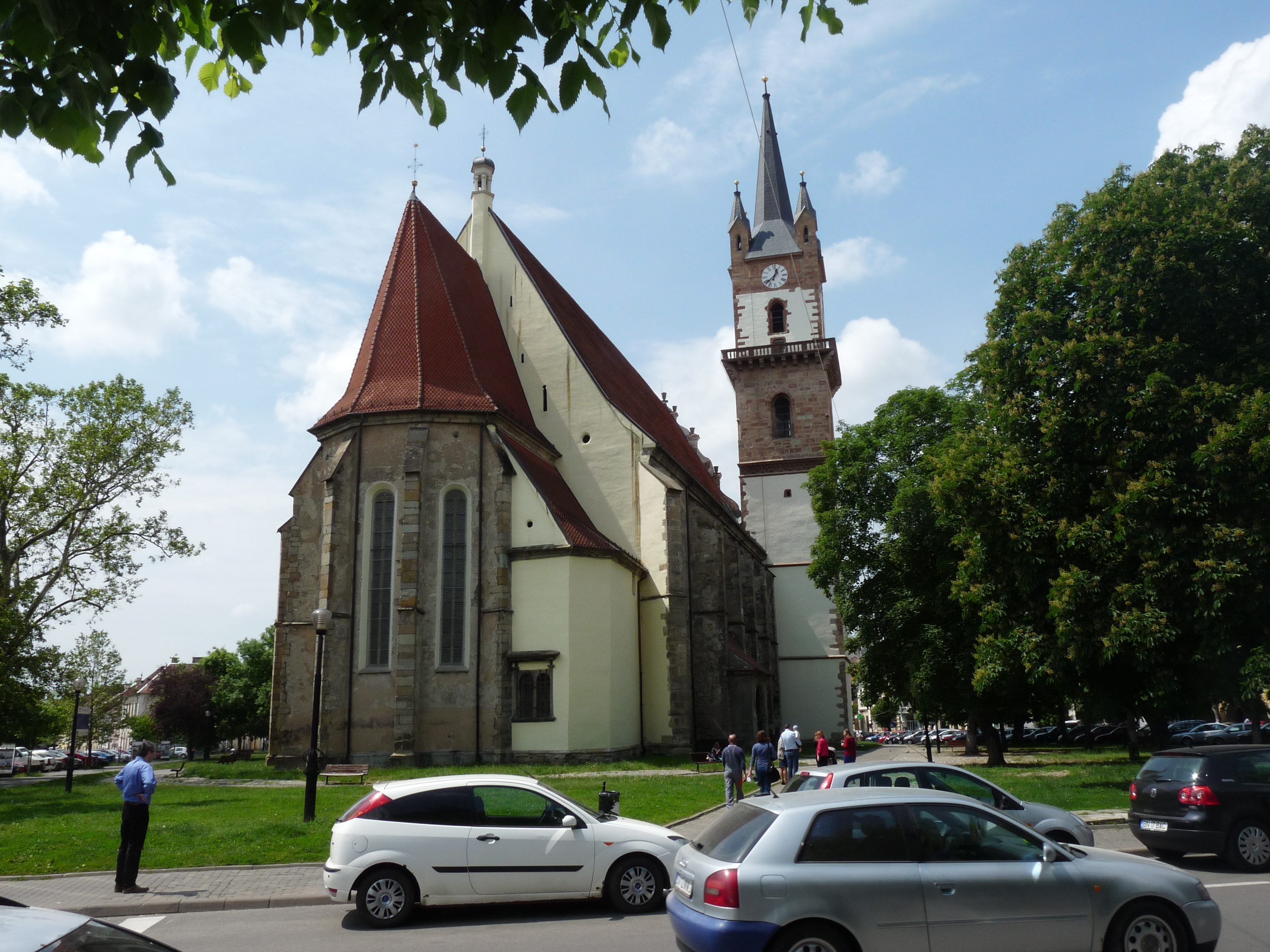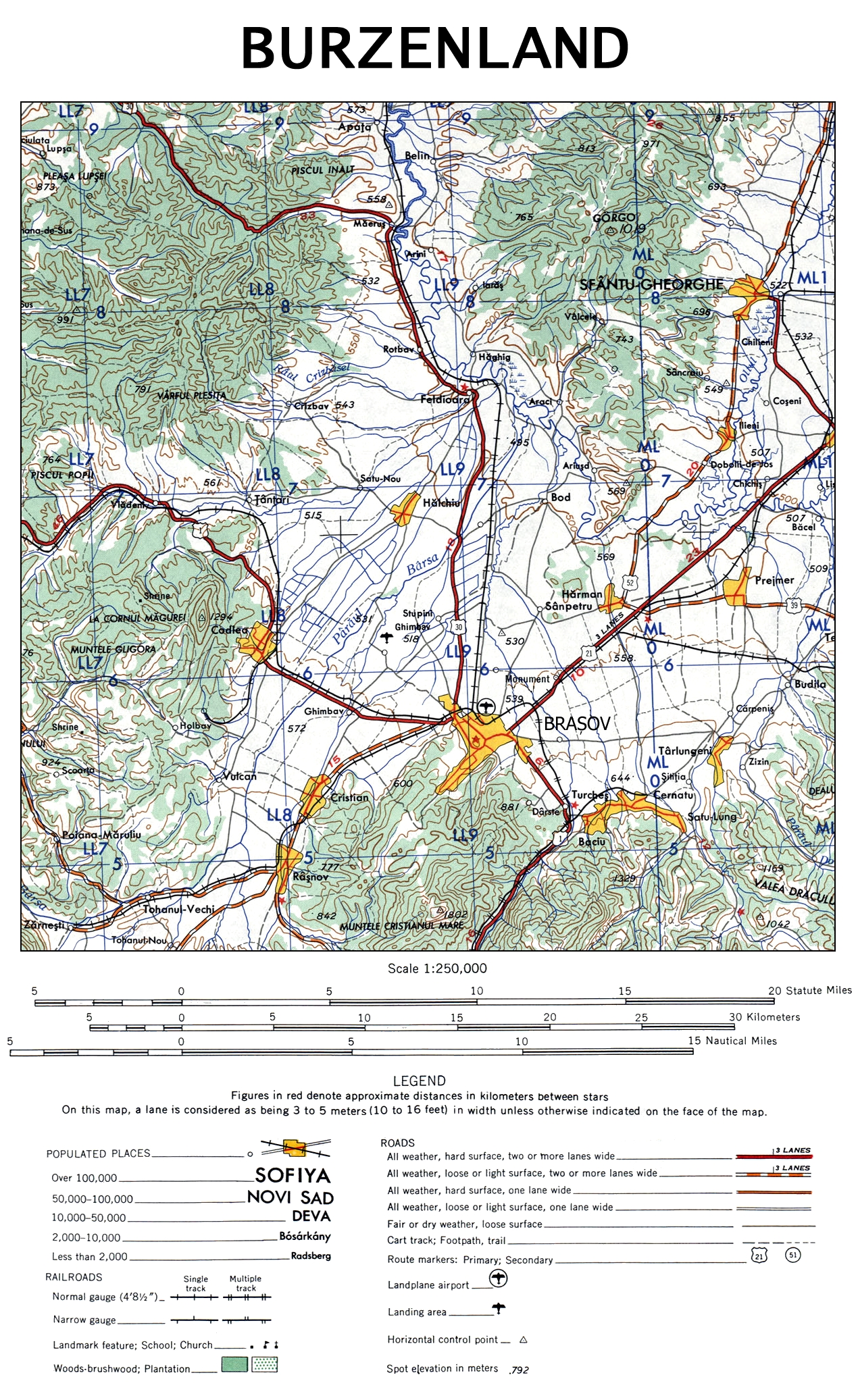|
Nösnerland
The Nösnerland (, also known as ''Nösnergau''; ro, Țara Năsăudului; hu, Beszterce vidéke) is a historic region of northeastern Transylvania in present-day Romania centered between the Bistrița and Mureș rivers. In today's administrative boundaries, it is located in southern Bistrița-Năsăud County and north-central Mureș County. Beginning in the 12th century and increasingly in the 13th–14th centuries, Hungarian kings invited German colonists (mainly from present-day Luxembourg and the adjacent areas in western contemporary Germany) to settle in the then eastern lands of the Kingdom of Hungary; these German settlers became collectively known as the Transylvanian Saxons (german: Siebenbürger Sachsen). The Saxons in the southeast settled in the Burzenland, while the settlers in the northeast established towns along the Bistrița and Mureș rivers beginning in the early 13th century. As the latter settlers' first major town in the area was Nösen on the Bistrița in ... [...More Info...] [...Related Items...] OR: [Wikipedia] [Google] [Baidu] |
Transylvanian Saxons
The Transylvanian Saxons (german: Siebenbürger Sachsen; Transylvanian Saxon: ''Siweberjer Såksen''; ro, Sași ardeleni, sași transilvăneni/transilvani; hu, Erdélyi szászok) are a people of German ethnicity who settled in Transylvania (german: Siebenbürgen) in waves starting from the mid- 12th century until the mid 19th century. The legal foundation of the settlement was laid down in the Diploma Andreanum issued by King Andrew II of Hungary that is known for providing the first territorial autonomy hitherto in the history. The Transylvanian "Saxons" originally came from Flanders, Hainaut, Brabant, Liège, Zeeland, Moselle, Lorraine, and Luxembourg, then situated in the north-western territories of the Holy Roman Empire around the 1140s. After 1918 and the dissolution of Austria-Hungary, in the wake of the Treaty of Trianon, Transylvania united with the Kingdom of Romania. Consequently, the Transylvanian Saxons, together with other ethnic German sub-groups in newly ... [...More Info...] [...Related Items...] OR: [Wikipedia] [Google] [Baidu] |
Transylvania
Transylvania ( ro, Ardeal or ; hu, Erdély; german: Siebenbürgen) is a historical and cultural region in Central Europe, encompassing central Romania. To the east and south its natural border is the Carpathian Mountains, and to the west the Apuseni Mountains. Broader definitions of Transylvania also include the western and northwestern Romanian regions of Crișana and Maramureș, and occasionally Banat. Transylvania is known for the scenery of its Carpathian landscape and its rich history. It also contains Romania's second-largest city, Cluj-Napoca, and other iconic cities and towns such as Brașov, Sibiu, Târgu Mureș, Alba Iulia and Sighișoara. It is also the home of some of Romania's UNESCO World Heritage Sites such as the Villages with fortified churches, the Historic Centre of Sighișoara, the Dacian Fortresses of the Orăștie Mountains and the Roșia Montană Mining Cultural Landscape. It was under the rule of the Agathyrsi, part of the Dacian Kingdom (168 BC–106 ... [...More Info...] [...Related Items...] OR: [Wikipedia] [Google] [Baidu] |
Bistrița River (Someș)
(; german: link=no, Bistritz, archaic , Transylvanian Saxon: , hu, Beszterce) is the capital city of Bistrița-Năsăud County, in northern Transylvania, Romania. It is situated on the Bistrița River. The city has a population of approximately 70,000 inhabitants and administers six villages: (; ), (; ), (; ), (; ), (until 1950 ; ; ) and (; ). Etymology The town was named after the River, whose name comes from the Slavic word meaning 'fast-moving water'. History The earliest sign of settlement in the area of is in Neolithic remains. The Turkic Pechenegs settled the area in 12th century following attacks of the Cumans. Transylvanian Saxons settled the area in 1206 and called the region . A large part of settlers were fugitives, convicts, and poor people looking for lands and opportunities. The destruction of ("Market Nösen") under the Mongols of central Europe is described in a document from 1241. The city was then called . Situated on several trade routes, bec ... [...More Info...] [...Related Items...] OR: [Wikipedia] [Google] [Baidu] |
Lechința
Lechința (german: Lechnitz; hu, Szászlekence) is a commune in Bistrița-Năsăud County, Transylvania, Romania. It is composed of seven villages: Bungard, Chiraleș, Lechința, Sângeorzu Nou, Sâniacob, Țigău, and Vermeș. Geography The commune is situated on the Transylvanian Plateau, in the Nösnerland, a historic region of northeastern Transylvania. It lies on the banks of the Lechința River. Lechința is located in the southern part of Bistrița-Năsăud County, from the county seat, Bistrița and from Beclean. It is crossed by county roads DJ151 and DJ172E. History The Battle of Kerlés occurred in Chiraleș village in 1068; an army of Pechenegs and Ouzes commanded by Osul was defeated by the troops of King Solomon of Hungary and his cousins, Dukes Géza and Ladislaus. Demography At the 2011 census, 72% of inhabitants were Romanians, 19.2% Roma, 8.4% Hungarians, and 0.2% Germans. Notable residents * Ionuț Hlinca (born 1988), Romanian footballer * George Mant ... [...More Info...] [...Related Items...] OR: [Wikipedia] [Google] [Baidu] |
Budacu De Jos
Budacu de Jos (german: Deutsch-Budak; hu, Szászbudak) is a commune in Bistrița-Năsăud County, Transylvania, Romania. It is composed of five villages: Budacu de Jos, Buduș (''Alsóbudak'';''Budesdorf''), Jelna (''Kiszsolna''; ''Senndorf''), Monariu (''Malomárka''; ''Minarken''), and Simionești (''Simontelke''; ''Seimersdorf''). The commune is situated on the Transylvanian Plateau, at the foot of the Călimani Mountains. The river Budac (a tributary of the Șieu) flows through the commune. Located in the Nösnerland historic region of Transylvania, Budacu de Jos lies in the south-central part of Bistrița-Năsăud County, south of the county seat, Bistrița. County road DJ172G connects the component villages of the commune, while road DJ173C leads to the city of Bistrița. At the 2011 census, 78.97% of inhabitants were Romanians and 17.93% Roma. Sights * * * * Natives *Iulian Pop Iulian Pop (12 March 1880 – 22 November 1923) was an Austro-Hungarian and Romani ... [...More Info...] [...Related Items...] OR: [Wikipedia] [Google] [Baidu] |
Bistrița
(; german: link=no, Bistritz, archaic , Transylvanian Saxon: , hu, Beszterce) is the capital city of Bistrița-Năsăud County, in northern Transylvania, Romania. It is situated on the Bistrița River. The city has a population of approximately 70,000 inhabitants and administers six villages: (; ), (; ), (; ), (; ), (until 1950 ; ; ) and (; ). Etymology The town was named after the River, whose name comes from the Slavic word meaning 'fast-moving water'. History The earliest sign of settlement in the area of is in Neolithic remains. The Turkic Pechenegs settled the area in 12th century following attacks of the Cumans. Transylvanian Saxons settled the area in 1206 and called the region . A large part of settlers were fugitives, convicts, and poor people looking for lands and opportunities. The destruction of ("Market Nösen") under the Mongols of central Europe is described in a document from 1241. The city was then called . Situated on several trade routes, bec ... [...More Info...] [...Related Items...] OR: [Wikipedia] [Google] [Baidu] |
Burzenland
Țara Bârsei, Burzenland () or Barcaság is a historic and ethnographic area in southeastern Transylvania, Romania with a mixed population of Romanians, Germans, and Hungarians. Geography The Burzenland lies within the Southern Carpathians mountains ranges, bordered approximately by Apața in the north, Bran in the southwest and Prejmer in the east. Its most important city is Brașov. Burzenland is named after the stream Bârsa (''Barca'', ''Burzen'', 1231: ''Borza''), which flows into the Olt river. The Romanian word ''bârsă'' is supposedly of Dacian origin (''see List of Romanian words of possible Dacian origin''). History Middle Ages Based on archaeological evidence, it seems German colonization of the region started in the middle of the 12th century during the reign of King Géza II of Hungary. The German colonists from this region are attested in documents as early as 1192 when ''terra Bozza'' is mentioned as being settled by Germans (''Theutonici''). I ... [...More Info...] [...Related Items...] OR: [Wikipedia] [Google] [Baidu] |
7 Stühle-Landkarte
7 (seven) is the natural number following 6 and preceding 8. It is the only prime number preceding a cube. As an early prime number in the series of positive integers, the number seven has greatly symbolic associations in religion, mythology, superstition and philosophy. The seven Classical planets resulted in seven being the number of days in a week. It is often considered lucky in Western culture and is often seen as highly symbolic. Unlike Western culture, in Vietnamese culture, the number seven is sometimes considered unlucky. It is the first natural number whose pronunciation contains more than one syllable. Evolution of the Arabic digit In the beginning, Indians wrote 7 more or less in one stroke as a curve that looks like an uppercase vertically inverted. The western Ghubar Arabs' main contribution was to make the longer line diagonal rather than straight, though they showed some tendencies to making the digit more rectilinear. The eastern Arabs developed the digit ... [...More Info...] [...Related Items...] OR: [Wikipedia] [Google] [Baidu] |



